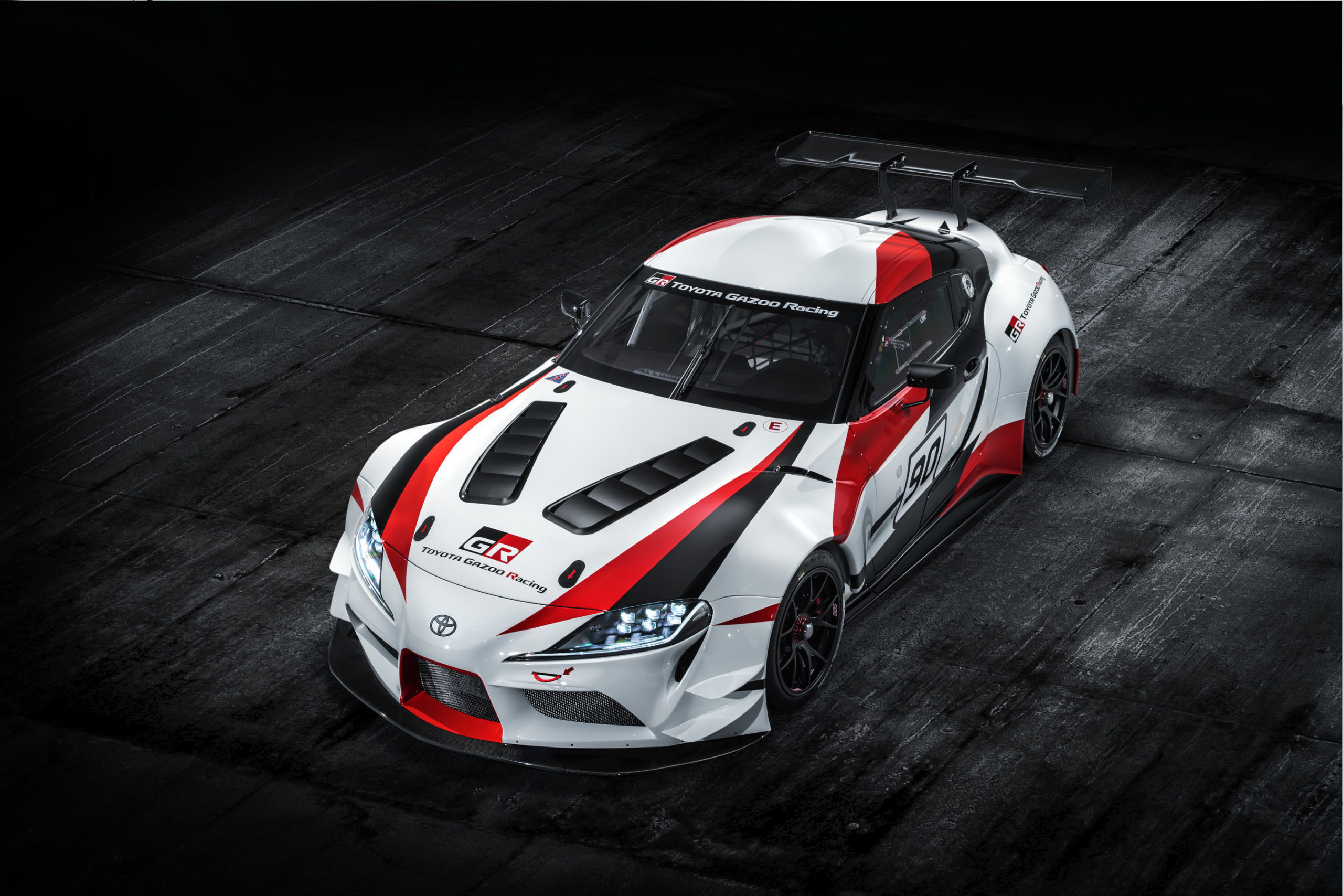The GR Supra Racing Concept made its world debut at the Geneva Motor Show that runs through March 18, reviving the name and spirit of the most celebrated model in Toyota’s sportscar heritage.
The concept demonstrates Toyota’s commitment to bringing the Supra back to the market, according to reports. It also shows the future potential for a car that can deliver high performance on the road and track.
TOYOTA SUPRA HERITAGE
A report from Geneva notes that the GR Supra Racing Concept revives the heritage of one of Toyota’s most famous sports cars. The Supra built a reputation both as a formidable performer on the road and as an all-conquering machine on the racetrack, dominating Japan’s top-level GT racing series and earning legions of fans.
The Supra badge first appeared in 1978 on a larger and more powerful version of the second-generation Celica before becoming established as a successful model in its own right. Known as the A40, the original Supra was followed by three generations: the A60 in 1981, A70 in 1986 and A80 in 1993.
The front engine/rear-wheel drive GT sportscar remained in production until 2002, and in its final generation it was Toyota’s most powerful production model.
Supra’s reputation was enhanced by its success in motorsports. Most notably, the fourth-generation Supra, introduced in 1993, became the dominant force in the All-Japan GT racing-today’s Super GT series-winning the GT500 class four times.
The Toyota Supra also competed in American IMSA sportscar racing in the 1980s and twice appeared at Le Mans in the 1990s.
GR SUPRA RACING CONCEPT
The compact, two-door GR Supra Racing Concept has a pure front-engine/rear-wheel drive configuration and makes use of advanced lightweight materials in its construction.
Created by TOYOTA GAZOO Racing, the concept expresses a fun-to-drive quality. The large 90 race number on its doors is a historical reference to Supra’s codename and a big visual clue to the fact that this concept heralds Supra’s return in a fifth generation, according to reports.
The racing concept has a dramatic bodywork design that includes a large rear wing. It makes extensive use of strong-but-lightweight composite material for elements such as the wide front and rear bumpers, front splitter and rear diffuser, side skirts, door mirror housings and the rear wing.
The hood is crafted from the same material and features louvred air inlets. The windscreen and side windows are made of plastic.
The concept’s chassis features lowered front and rear suspension using OE components. BBS racing wheels with center-nut attachment are fitted with Michelin racing tires. The braking system uses Brembo Racing calipers and discs, with room for the racing exhaust.
The cabin is entirely competition-focused and is fitted with a racing dashboard and OMP driver’s seat and safety harness. OMP also supplied the quick-release steering wheel, mounted on a racing column and equipped with a paddle shift system. The doors are lined with carbon fiber panels and the dashboard includes a racing display.
Competition safety requirements are met by a full roll cage and fire extinguishers, and the fuel and brake lines, pedal box, battery and wiring looms are all designed to competition standard.
TOYOTA GAZOO Racing first competed in Europe in 2007 as GAZOO Racing. It began a long association with the Nürburgring 24 Hours with two Toyota Altezza cars (equivalent to the first-generation Lexus IS) and a team comprising drivers and mechanics who were Toyota employees.
TOYOTA GAZOO Racing has since become the international umbrella organization for Toyota’s global sporting program.
